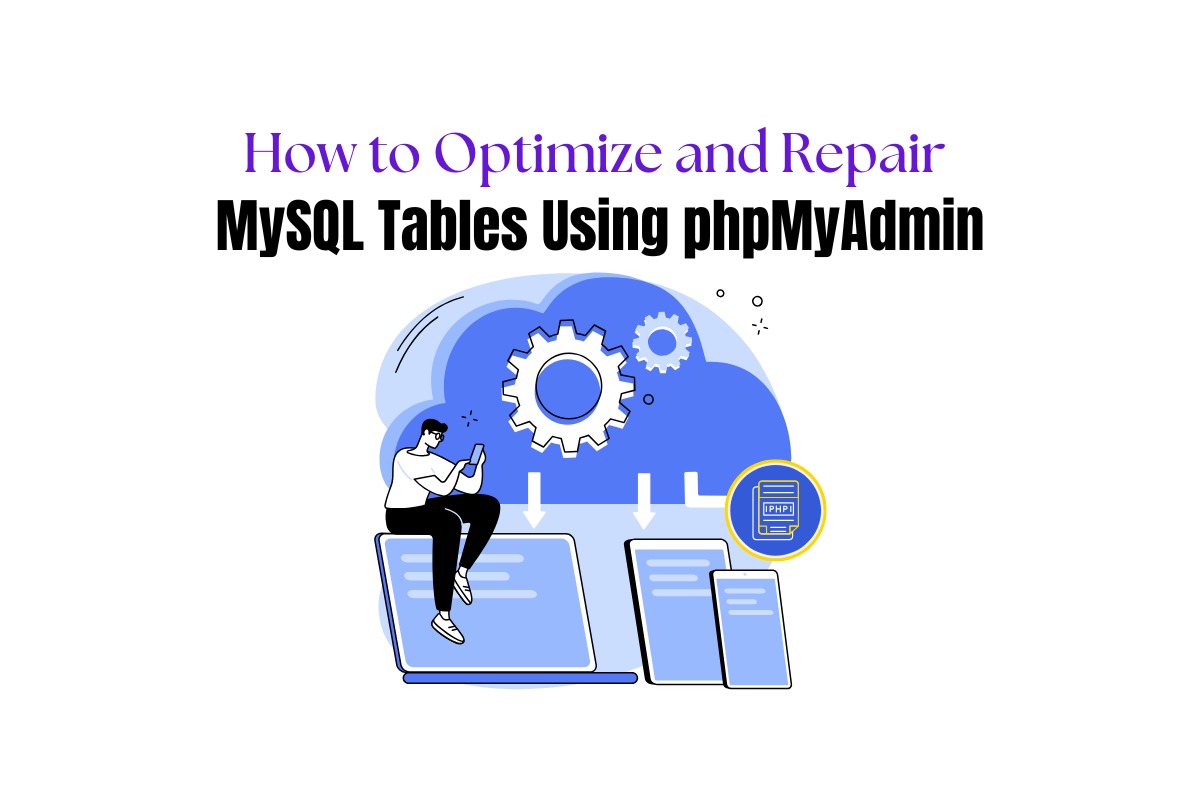
Exploring Advanced Features: Stored Procedures, Triggers, and Views in phpMyAdmin
Welcome to yet another riveting blog post where we step into the world of phpMyAdmin — a popular, open-source tool used extensively in managing MySQL databases. In this piece, we’ll delve into three advanced features of phpMyAdmin — Stored Procedures, Triggers, and Views — furnishing you with insights into their practical utility and ways to exploit them.
What are Stored Procedures, Triggers, and Views?
Before we dive head first into the nitty-gritty of using these functions, let’s quickly understand what each of them entails.
Stored Procedures: These are SQL queries that are saved and stored in the database. Once created, they can be executed as required, allowing you to perform common and repeated tasks more efficiently.
Triggers: Triggers are specific actions or sets of instructions that are automatically executed in response to certain events on a particular table in your database. They’re used to maintain data integrity by consistently enforcing specific rules.
Views: A view is a virtual table based on the result-set of an SQL statement. You can use views to focus, simplify, and customize each user’s perception of the database to enhance both security and efficiency.
Stored Procedures in phpMyAdmin
phpMyAdmin provides an easy-to-use interface for creating, altering, and deleting stored procedures. Here are some steps to create a stored procedure:
1. Click on the name of the database, then hit the Routines tab.
2. Click on Add routine.
3. In the new dialog box, input the necessary details such as the routine name, type, parameter, and routine body (SQL query).
4. Click Go to create the procedure. Upon successful creation, you can call upon this procedure whenever you want.
Triggers in phpMyAdmin
Creating triggers in phpMyAdmin involves the following steps:
1. Choose the database and table where you wish to apply the trigger, then access the Triggers tab by clicking it.
2. Click on Add trigger.
3. Fill in the trigger name, specify the time (Before or After), define the event (Insert, Update, Delete), and provide the SQL statements to execute.
4. Click Go to create the trigger. The trigger will automatically carry out the specified actions whenever the defined event occurs on that table.
Views in phpMyAdmin
Here’s how to create a view in phpMyAdmin:
1. Run your SELECT query in the SQL tab.
2. Click the Create View link at the bottom of the result set.
3. Enter the view name and select the database where you want to store the view in the dialog box.
4. Click Go to create the view. You can access the view under the selected database, providing simplified access to specific data.
Conclusion
Stored Procedures, Triggers, and Views provide a powerful toolset to build complex, efficient, and robust database systems. phpMyAdmin provides a user-friendly platform to manage these complex features with relative ease. Harnessing these advanced features can dramatically enhance your database management efficiency and your application’s performance.
Stay tuned as we continue exploring more exciting features to make your database management journey more enjoyable and productive. Happy exploring!







